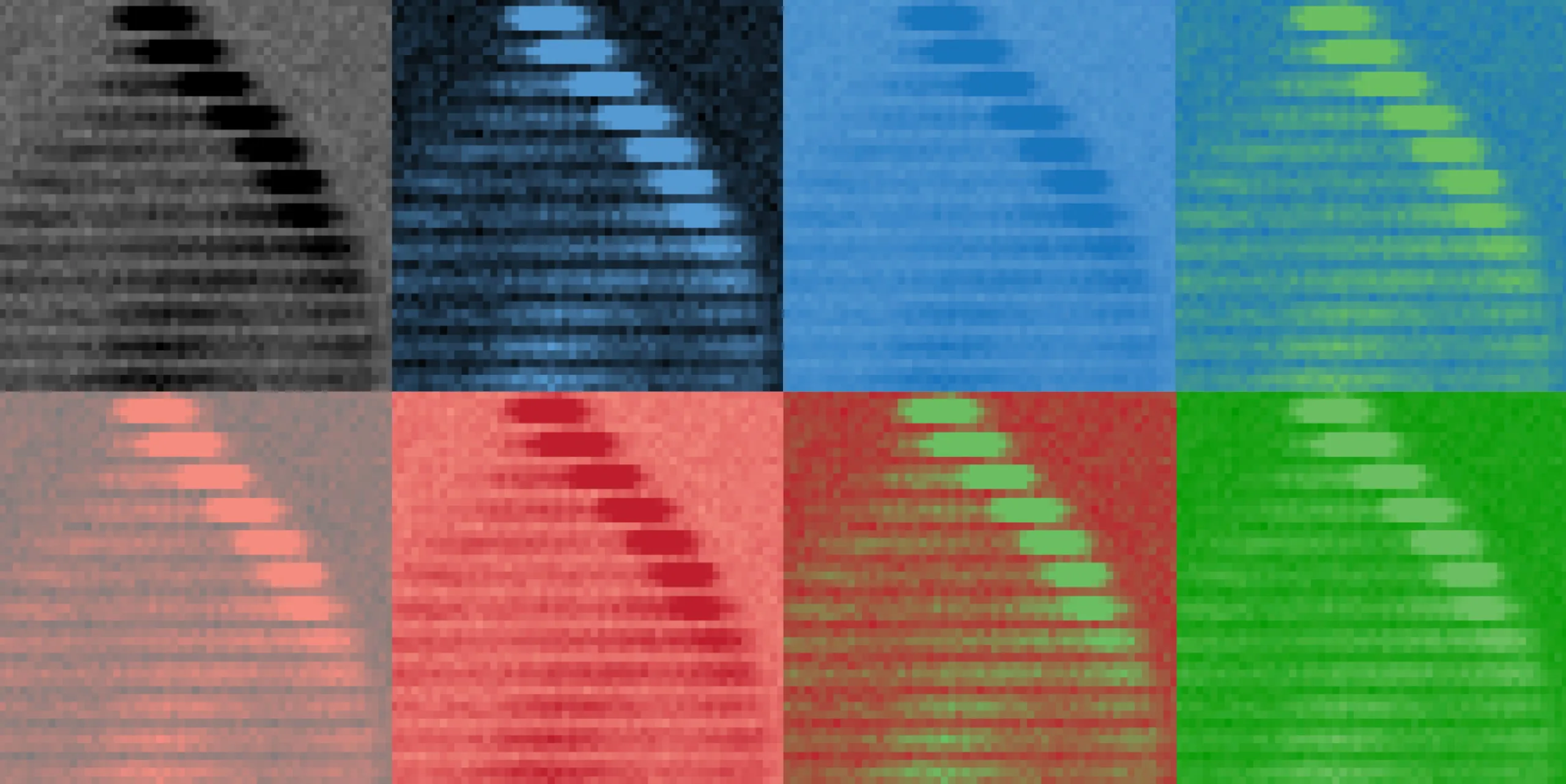Researchers at ETH Zurich, led by Tilman Esslinger, have made significant observations in the study of topological effects in an artificial solid. The team used laser beams to trap cold atoms, creating an artificial solid. They observed that the atoms reversed direction when they encountered a laser light wall, indicating a change in the direction of topological pumping. This phenomenon, which is resistant to disturbances, could be utilized in future quantum technologies. The team’s findings have been published in the scientific journal Science.
Quantum Topology: A New Perspective on Particle Motion
Researchers at ETH Zurich have made intriguing observations while studying topological effects in an artificial solid. The study, which focused on topological pumping, revealed unexpected behaviors in the motion of atoms. These findings could potentially be applied to future quantum technologies.
Topology, a branch of mathematics, is often used to compare seemingly disparate objects. For instance, an apple and an orange are considered topologically identical because neither has a hole. Similarly, a doughnut and a coffee cup are topologically equal due to the presence of a hole (the handle in the case of the coffee cup). This concept extends to quantum systems, where the energy states and motion of particles can exhibit specific topological properties. These systems are of particular interest to researchers due to their robustness against disorder and other disturbances, which are common in natural physical systems.
Topological Effects in Artificial Solids
The ETH research team, led by Tilman Esslinger, successfully detected topological effects in an artificial solid. The team constructed the artificial solid using extremely cold fermionic potassium atoms, trapped in spatially periodic lattices with laser beams. Additional laser beams caused the energy levels of adjacent lattice sites to move up and down periodically, out of sync with each other. The researchers then measured the positions of the atoms in the lattice, initially without interactions between the atoms.
The team observed that the doughnut topology of the energy states caused the particles to be transported by one lattice site, always in the same direction, at each repetition of the cycle. This behavior, known as topological pumping, is typical of certain topological systems.
Surprising Reversal in Atom Motion
The researchers introduced an additional laser beam that restricted the freedom of movement of the atoms in the longitudinal direction. After around 100 revolutions of the screw, the atoms encountered this “wall”. Surprisingly, the atoms didn’t simply stop at the wall, but suddenly reversed direction. The researchers explain this reversal by the existence of two doughnut topologies in the lattice – one with a clockwise-turning doughnut and another one that turns in the opposite direction. At the wall, the atoms can change from one topology to the other, thus inverting their direction of motion.
When the researchers introduced a repulsive interaction between the atoms, they observed another surprise: The atoms reversed direction at an invisible barrier even before reaching the laser wall. The researchers concluded that this invisible barrier was created by the atoms themselves through their mutual repulsion.
Potential Applications in Quantum Technologies
These observations provide valuable insights into interacting topological systems. The researchers plan to conduct further experiments to investigate the robustness of the topological screw with respect to disorder, and how the atoms behave in two or three spatial dimensions.
The transport of atoms or ions by topological pumping could potentially be used in quantum computing. This could serve as a “qubit highway”, transporting qubits (quantum bits) to the correct locations without heating them up or disturbing their quantum states. This research, therefore, not only advances our understanding of quantum systems but also opens up new possibilities for practical applications in quantum technologies.
External Link: Click Here For More

